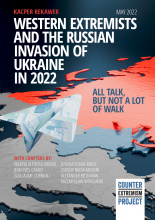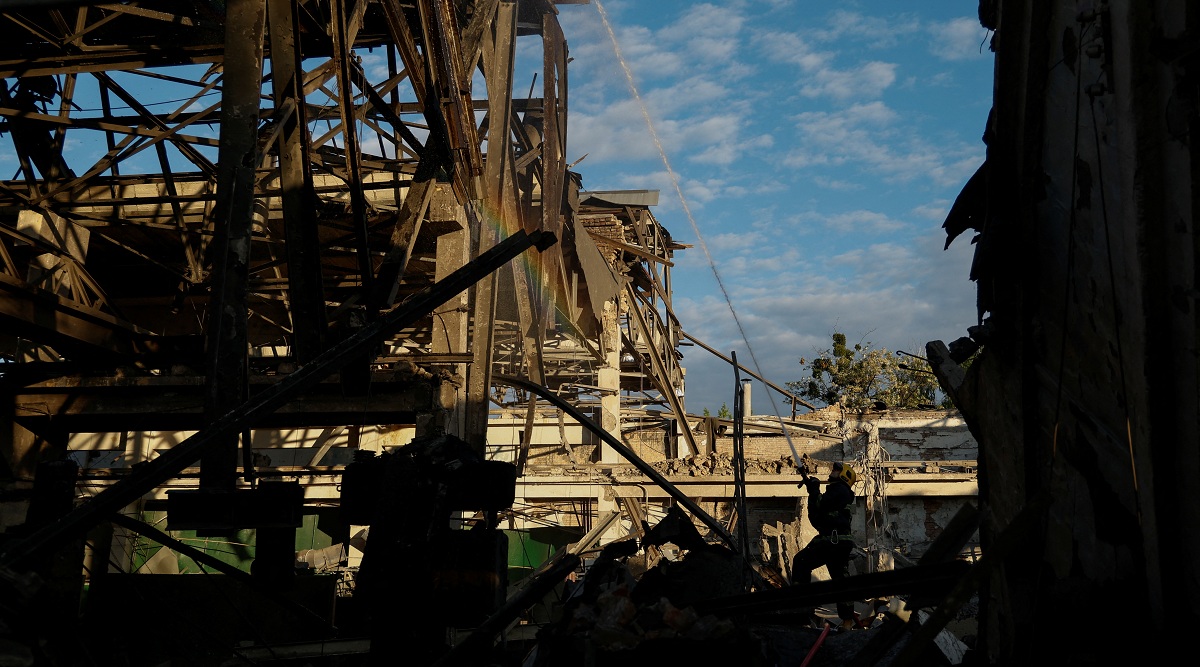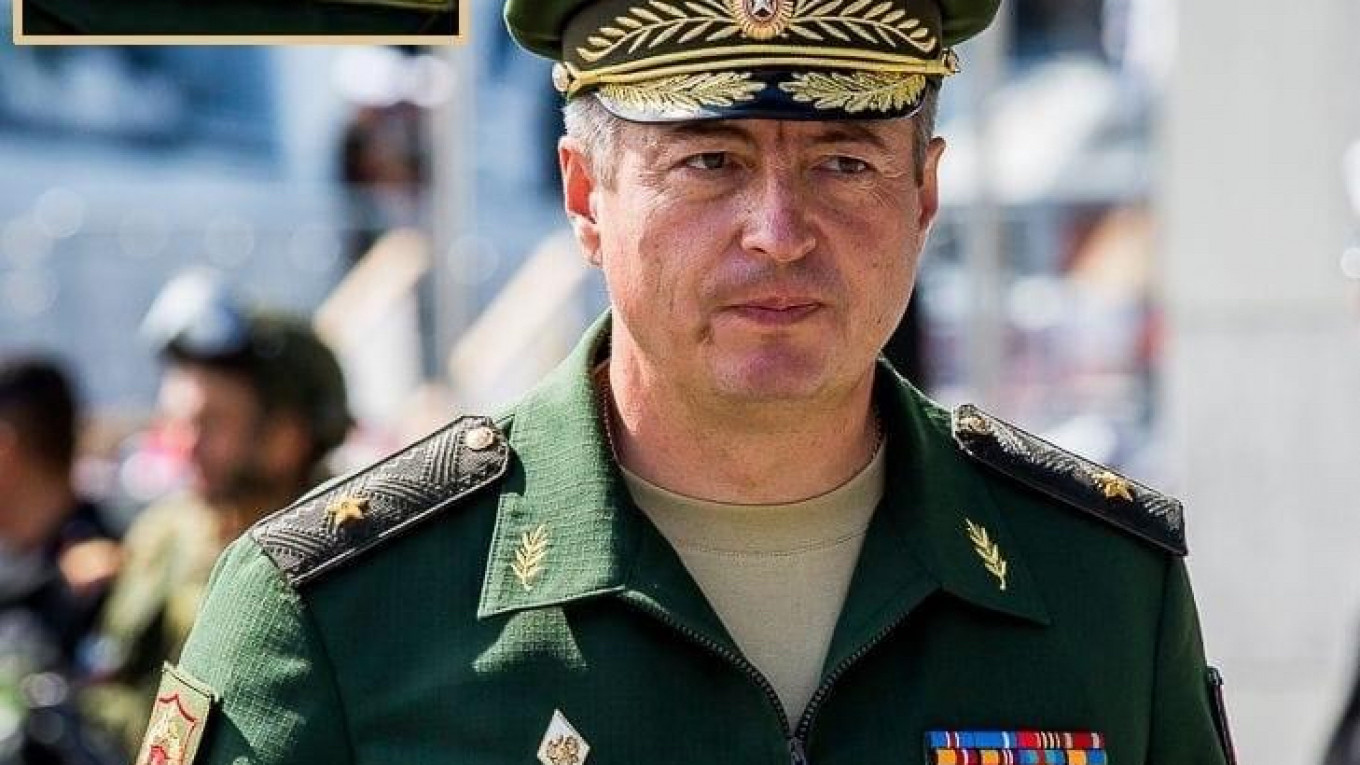Jason Bordoff and Meghan L. O'Sullivan

In the wake of Russia’s invasion of Ukraine, the world appears to be at an inflection point. Business leaders have declared the acceleration of deglobalization and sounded the alarm about a new period of stagflation. Academics have decried the return of conquest and hailed the renewal of transatlantic ties. And countries are rethinking almost every aspect of their foreign policies, including trade, defense spending, and military alliances.
These dramatic shifts have overshadowed another profound transformation in the global energy system. For the last two decades, the urgent need to reduce carbon emissions has gradually reshaped the global energy order. Now, as a result of the war in Ukraine, energy security has returned to the fore, joining climate change as a top concern for policymakers. Together, these dual priorities are poised to reshape national energy planning, energy trade flows, and the broader global economy. Countries will increasingly look inward, prioritizing domestic energy production and regional cooperation even as they seek to transition to net-zero carbon emissions. If countries retreat into strategic energy blocs, a multidecade trend toward more energy interconnectedness risks giving way to an age of energy fragmentation.










.jpg)
